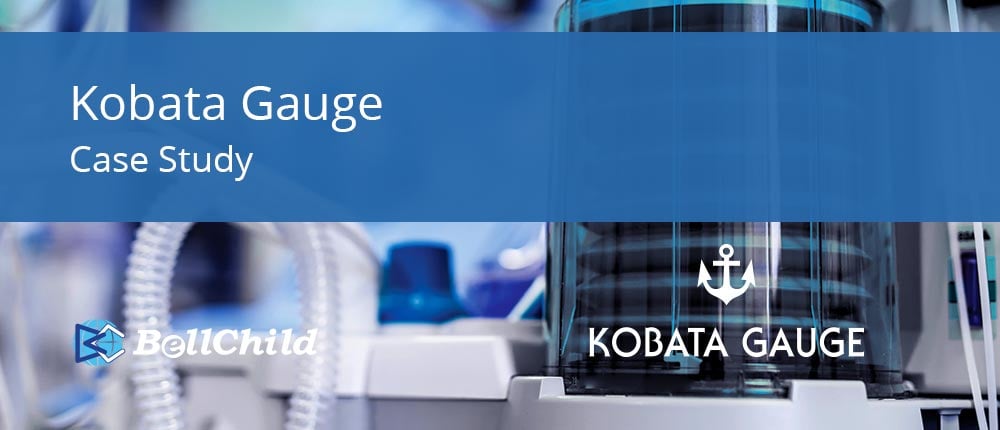Cloud-based remote monitoring of medical gas usage
To improve service for over 20 hospitals in and around Osaka, Japan, a well-established gauge manufacturer, Kobata Gauge, decided to work with Skkynet and their Japanese partner, BellChild. The challenge was to provide the hospitals and their suppliers with a way monitor the usage of oxygen and other critical gases remotely so resupply deliveries can be scheduled more effectively. The solution has increased the reliability of supply for the hospitals, and has enabled a new business model for gas suppliers―yielding a 20% improvement in efficiency.
Every day the lives of thousands of hospital patients depend on specialized equipment and supplies. Among these, particularly during the current COVID-19 pandemic, is an abundant supply of oxygen. This oxygen is typically available bedside, through a piping system connected to a pair of large tanks in an on-site storage area. The volume of oxygen in these tanks is measured by pressure gauges. When the pressure in the first tank drops below a certain level, hospital staff switch over to the second tank, and contact the supplier asking them to deliver a replacement tank.
Straightforward as this procedure may be, it is not very efficient. The tanks are not conveniently located, and require hospital staff to regularly check them, making it difficult to estimate when supplies are running low. Furthermore, suppliers need a way to measure recent rates of usage to forecast how much oxygen and other gases to manufacture. They, too, must send staff on regular visits to check levels and calculate consumption rates.
Problem or Opportunity?
“We saw this problem as an opportunity,” said Mr. Iwao Kobata, owner and President of Kobata Gauge. “For over a century we have been a leader in pressure gauge technology, and along with Skkynet and BellChild, we believe that digitalization and Industrial IoT are the way of the future.”
Working together, the three companies came up with a reliable, cost-effective solution called Medical Gas Monitor. This is a remote monitoring system consisting of three Kobata pressure gauges, an integrated flow meter, and a cellular network gateway that uses Skkynet’s ETK. The pressure, instantaneous flow rate, and accumulated flow rate values are sent via the gateway to the iBRESS Cloud, powered by Skkynet’s SkkyHub technology, which allows monitoring from a PC or mobile terminal.
When the pressure in either tank falls below a set threshold, an oxygen supplement request mail is sent to the hospital and the supplier staff. The system calculates the usage from the flow rate and pressure values, and displays it graphically in Skkynet’s WebView web-based HMI, using dial displays and trend charts. The results can also be downloaded as CSV data, as needed.
“Both the hospital management teams and gas suppliers we work with are very pleased with this system,” said Kobata. “In the midst of this pandemic, hospital maintenance staff have been able to save many staff hours per week, as well as gaining peace of mind by being able to monitor their critical gas supplies at all times from remote locations. The gas services companies have reported an average increase of 20% in efficiency due to the reduced number of service visits to the hospitals that they supply.”
Medical Gas Monitor has been running smoothly for months in more than 20 hospitals in Osaka and the adjacent Hyogo and Wakayama prefectures. Based on these initial successes, Kobata Gauge and BellChild plan to expand the service to other areas of Japan. Additionally, Kobata Gauge is looking at ways to offer this technology to different types of customers who need remote access to data from their gauges.






